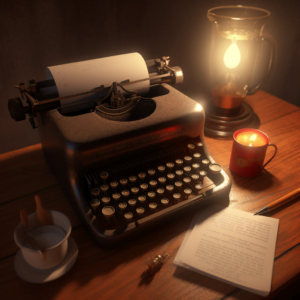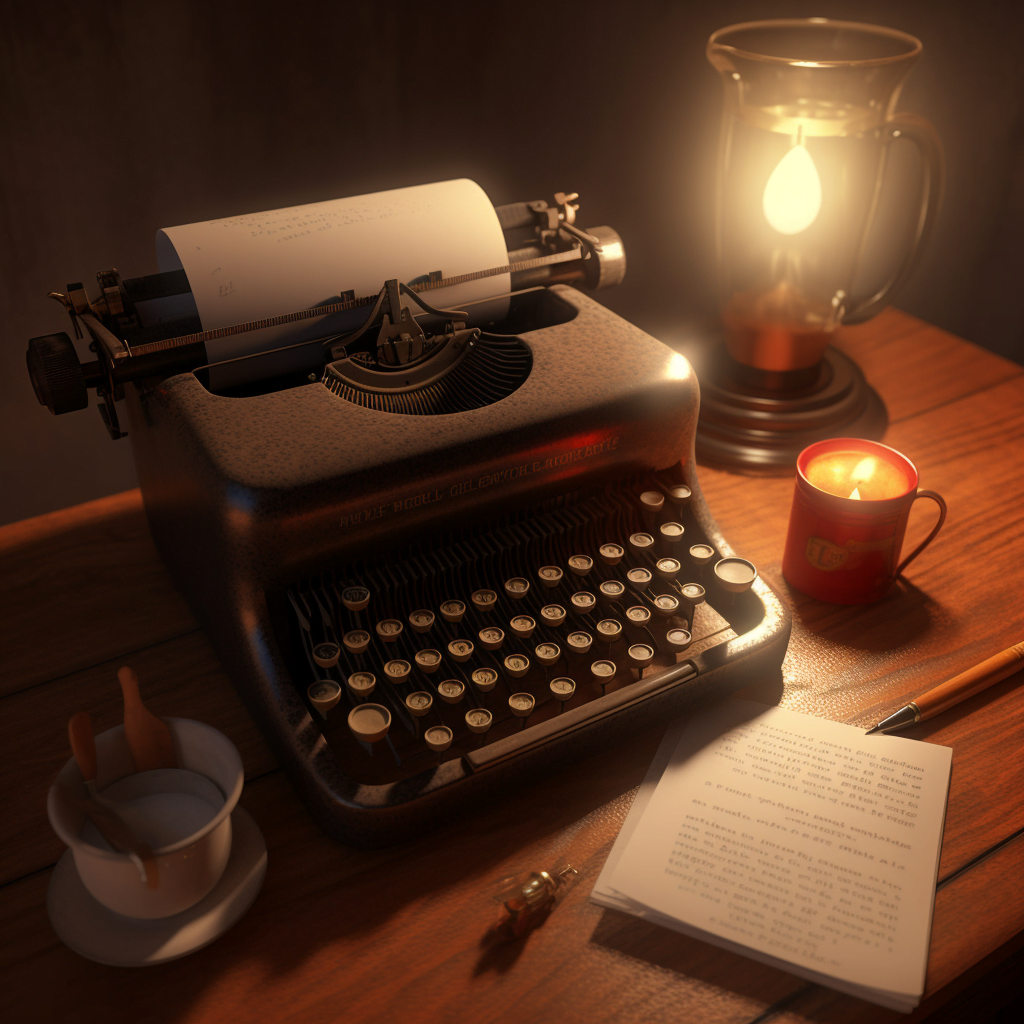
A conceit is an imaginative comparison, stretching the likeness between two seemingly unrelated things, meant to surprise and delight readers with its inventive leap. It‘s like when you drop a pun or reference a pop culture phenomenon to make your writing more interesting. As an example, “His wit was sharp as a tack, and he used every opportunity to flaunt his conceit.”
What is Conceit in Writing?
Conceit, in its literary form, is the equivalent of a magician pulling a rabbit out of a hat. It’s that moment when the reader is left marveling at the writer’s talent and ingenuity. This literary device often involves unusual comparisons, and sometimes even stretches the boundaries of logic. But when executed well, it can create unforgettable imagery and deliver powerful messages.
The Two Flavors of Conceit: Metaphysical and Petrarchan
While conceit can take many forms, it’s usually categorized into two main types: metaphysical and Petrarchan.
Metaphysical Conceit: A Wild Ride of Imagination
Metaphysical conceit is like a roller coaster ride through a world where comparisons defy the laws of physics. It’s characterized by unusual, unexpected, and far-fetched comparisons that challenge the reader’s intellect. Most often found in metaphysical poetry, this type of conceit is all about pushing the limits of the imagination.
For instance, imagine comparing two lovers to a compass, where one lover is the fixed point, and the other revolves around it. That’s the power of metaphysical conceit, as shown in John Donne’s poem “A Valediction: Forbidding Mourning.”
Petrarchan Conceit: Love and Its Many Faces
Petrarchan conceit, on the other hand, is a romantic ride through the land of love. Named after the Italian poet Petrarch, this type of conceit is all about exaggerated comparisons in love poetry. It often involves idealized descriptions of the beloved and the torments experienced by the lovelorn poet.
An example of Petrarchan conceit is when a poet describes the beloved’s eyes as “brighter than the sun” or “like the stars.” It’s an over-the-top and clichéd expression of love that has become a staple in romantic poetry.
Crafting Your Own Conceit: Tips for Unlocking Your Inner Genius
Creating a successful conceit is like concocting a secret potion that will leave your readers spellbound. To master this magical art, follow these simple steps:
- Pick a theme or subject: Decide what you want to write about. It could be love, nature, or any other topic that tickles your fancy.
- Brainstorm unusual comparisons: Get creative and think outside the box. Consider comparing your subject to something unexpected or abstract.
- Connect the dots: Find a connection between the two elements you’re comparing. It might be a shared characteristic, a similar function, or even a contrasting feature.
- Polish your conceit: Refine your comparison and make it more sophisticated by adding layers of complexity or exploring multiple aspects of the comparison.
A Gallery of Conceit: Examples to Spark Your Imagination
To get those creative juices flowing, here are some examples of conceit from literature and poetry that showcase the art of making unique and intriguing comparisons.
Example 1: “The Flea” by John Donne
In this metaphysical poem, Donne uses a flea as a conceit to represent the union of two lovers. He argues that since their blood is mingled within the flea, they are already united and should consummate their relationship.
“This flea is you and I, and this Our marriage bed, and marriage temple is.”
Example 2: “Shall I compare thee to a summer’s day?” by William Shakespeare
In this classic sonnet, Shakespeare uses a summer’s day as a conceit to describe the beauty of his beloved. He goes on to argue that his lover’s beauty will never fade, unlike the fleeting beauty of summer.
“But thy eternal summer shall not fade, or lose possession of that fair thou owest; Nor shall death brag thou wanderest in his shade, When in eternal lines to time thou growest.”
Example 3: “The Love Song of J. Alfred Prufrock” by T.S. Eliot
In this modernist poem, Eliot uses the image of a patient etherized upon a table as a conceit to describe the evening settling over the city. This unusual comparison conveys a sense of unease and discomfort, setting the tone for the rest of the poem.
“Let us go then, you and I, When the evening is spread out against the sky Like a patient etherized upon a table;”
Example 4: “Sonnet 130” by William Shakespeare
In this unconventional sonnet, Shakespeare uses a series of anti-conceits to describe his beloved. Instead of relying on exaggerated and clichéd comparisons, he presents a more realistic portrayal of his lover’s appearance, ultimately concluding that she is just as lovely as any idealized beauty.
“My mistress’ eyes are nothing like the sun; Coral is far more red than her lips’ red; If snow be white, why then her breasts are dun; If hairs be wires, black wires grow on her head.”
With these examples in mind, go forth and weave your own tapestry of conceit. Remember, the key to success is to be bold, imaginative, and unafraid to push the boundaries of comparison. Embrace the magic of conceit and watch your writing come to life with vivid imagery and unforgettable metaphors.
If you’re thirsty for more writing knowledge, head over here to learn all 74 literary devices.





